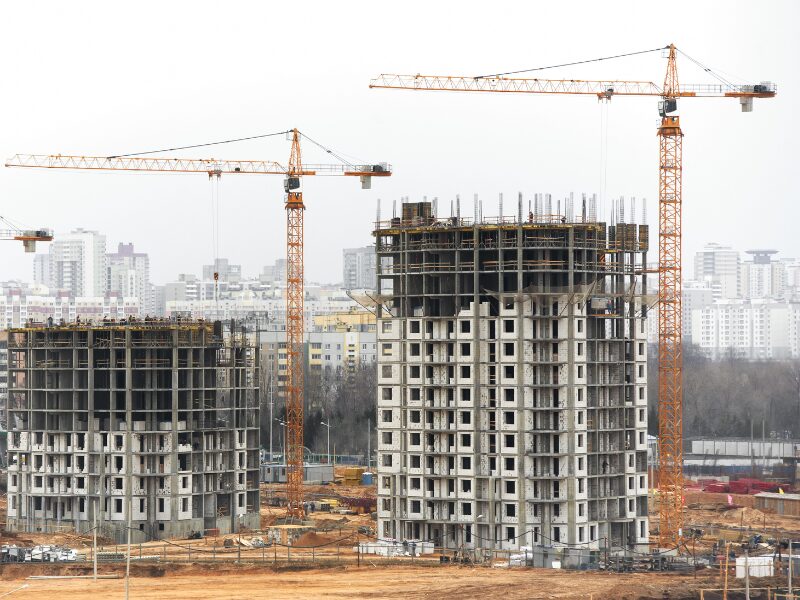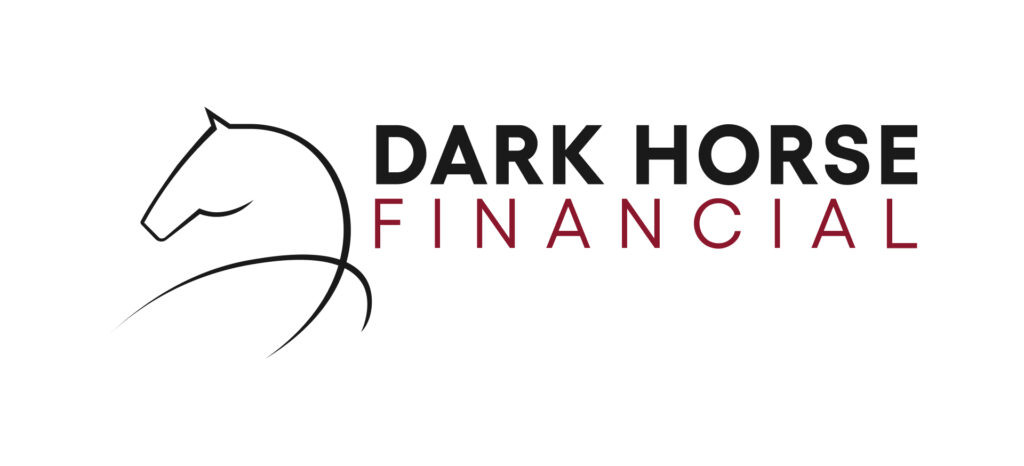Key Takeaways
- Commercial property development financing is essential for funding large-scale real estate projects across Australia, including office, retail, and industrial developments.
- Developers can access a range of loan types, including traditional loans, construction loans, bridging loans, and residual stock loans, each suited to different project stages.
- Strong project planning, including feasibility studies and costings, is critical before applying for finance.
- Lenders assess development finance applications based on factors such as LVR, developer experience, project location, and profitability.
- Finance is typically released in progressive drawdowns, aligned with verified construction milestones.
- Having a clear and realistic exit strategy, such as selling, leasing, or refinancing, is crucial for securing and repaying the loan.
- Cash flow management is a key reason developers rely on finance, as outgoings usually precede income by many months or years.
- Commercial development finance helps developers leverage capital, manage risk, and fast-track project delivery timelines.
- Working with an experienced finance broker like Dark Horse Financial can simplify the process and improve loan outcomes.
Commercial property development is a cornerstone of Australia’s built environment, driving the creation of offices, retail centres, industrial estates, and mixed-use spaces. But behind every successful project lies an important factor: finance. Without the right funding strategy, even the most promising development can stall before ground is broken. Commercial property development financing provides the capital needed to acquire land, fund construction, manage cash flow, and bring large-scale projects to completion.
Whether you’re an experienced developer or embarking on your first commercial build, understanding how development finance works and choosing the right type of loan is key to turning plans into reality.
Understanding Commercial Property Development Financing in Australia
Commercial property development financing refers to financial products that help fund the acquisition, construction, and completion of commercial real estate projects. These projects often involve significant capital investment and extended timelines, which is why tailored financing solutions are needed. The primary objective is to secure funding that aligns with the project’s scope, timeline, and risk profile. Commercial property development finance is typically short or medium term, with terms ranging anywhere from 6 months to 3 years.
Who Uses Commercial Property Development Loans?
This type of financing is utilised by a range of market participants, including:
- Experienced property developers launching multi-stage residential or commercial projects
- Private investors and family offices involved in smaller-scale developments
- Construction companies entering joint ventures with landowners
- Real estate development firms backed by institutional funding.
While each developer may bring a different level of experience and equity to the table, the common denominator is the need for tailored funding solutions that match the timing and risk profile of their project.
Why Developers Need Commercial Property Development Finance
Commercial property development finance plays a key role in enabling developers to bring large-scale real estate projects to life. These developments, which can range from suburban shopping centres and business parks to apartment complexes and mixed-use facilities, often require millions of dollars in capital investment. Given the high costs and long project lifecycles involved, very few developers can self-fund a project from start to finish.
Here are the key reasons why commercial property development finance is not just beneficial but essential:
1. High Upfront Costs
The initial stages of a commercial development project often involve substantial outlays, including:
- Land acquisition or site option fees
- Town planning and development application costs
- Architectural and engineering design fees
- Soil testing, surveying, and feasibility studies
- Legal and compliance expenses
Without access to commercial property development loans, most developers would be unable to cover these preliminary costs.
2. Capital Intensity of Construction
Once planning approvals are secured, the construction phase begins, which is typically the most capital-intensive stage. Construction finance or progress-draw loans are needed to pay for materials, labour, project management, insurance, and contractor services. For larger developments, these costs can easily run into the tens or hundreds of millions.
3. Managing Cash Flow
Property development is inherently cash flow-negative in the early stages. Outflows far exceed inflows until a development is either completed and leased or sold. Commercial property development finance provides the necessary liquidity to cover ongoing costs during these cash-lean phases.
4. Risk Management and Capital Efficiency
Using external finance also allows developers to manage risk more efficiently. Rather than tying up all their available capital in a single project, developers can use borrowed funds to spread their exposure across multiple developments. This strategy not only diversifies risk but also enhances return on investment.
5. Accelerating Project Timelines
Access to development finance can significantly accelerate the speed at which a project is delivered. With sufficient capital, developers can move quickly on land acquisitions, commence construction promptly, and respond more effectively to opportunities in the market.

Types of Commercial Property Development Loans
1. Traditional Loans
Traditional loans are typically offered by major banks and non-bank financial institutions. These loans are suitable for developers with a strong financial track record. In Australia, traditional loans often cover up to 60-80% of the property’s value, with interest rates varying based on the borrower’s creditworthiness and market conditions.
2. Construction Loans
Construction loans are short-term, interest-only loans designed to finance the building phase of a development project. Funds are disbursed in stages, known as progress payments, based on the completion of specific milestones. This type of financing is ideal for developers who require capital to cover construction costs, including materials, labour, and permits.
3. Bridging Loans
Bridging loans are short-term loans used to ‘bridge’ the gap between the purchase of a new property and the sale of an existing one. These loans are particularly useful for developers who need immediate capital to secure a property before finalising the sale of another. Given their short-term nature, bridging loans typically come with higher interest rates and require a clear exit strategy.
4. Residual Stock Loans
Residual stock loans are designed for developers who have completed a project but have unsold inventory. These loans provide funding based on the unsold units, allowing developers to maintain cash flow while awaiting sales. They are particularly useful in markets where selling times are extended, providing developers with the flexibility to hold onto properties without financial strain.
Key Phases of a Commercial Property Development — And How Financing Is Used
Understanding when and how financing is required is essential. Typically, the development process is broken down into the following key phases, each with distinct funding needs:
1. Site Acquisition
This is the first stage, where the developer purchases the land on which the development will take place. Depending on the nature of the site and its existing zoning, this phase might be financed with a traditional loan.
2. Planning and Approval
Before construction begins, the developer must obtain necessary planning permits and approvals from the relevant local council and authorities. Funding for this stage is often sourced through traditional loans.
3. Construction Phase
This is usually the most capital-intensive stage and is commonly financed with a construction loan. Funds are drawn down progressively in line with completed construction milestones. Interest during this period is often capitalised, meaning it is added to the loan rather than paid monthly.
4. Post-Construction and Refinancing
After completion, the developer may seek to refinance the project with a longer-term loan or transition to a residual stock loan if some units remain unsold. Alternatively, if the strategy is to retain and lease the property, a commercial investment loan may replace the original construction finance.
5. Exit and Return on Investment
The final stage involves either the sale of the property to realise profits or holding the asset to generate rental income. The choice between these options will influence the type of exit strategy required, which lenders will evaluate as part of the financing approval process.

Key Considerations in Securing Financing
Developer Track Record
Lenders will assess the developer’s previous experience and track record of delivering successful projects. This is part of how lenders assess the potential profitability and success of the project. If you’re a new developer, it’s a smart move to start with smaller projects or partner with a more experienced developer.
Loan-to-Value Ratio (LVR)
The Loan-to-Value Ratio (LVR) is a critical factor in determining the amount a lender is willing to provide. In commercial property development, LVRs typically range from 60% to 80%, depending on the project’s risk profile and the developer’s financial standing. A lower LVR indicates less risk for the lender but may require the developer to contribute more equity.
Exit Strategy
An exit strategy outlines how a developer plans to repay the loan upon project completion. Common exit strategies include selling the developed property, refinancing with a long-term loan, or leasing the property to generate rental income. Lenders typically require a clear and feasible exit strategy to mitigate the risk associated with the loan.
Pre-Sales and Leasing
For certain types of developments, lenders may require evidence of pre-sales or pre-leases before approving financing. This demonstrates market demand and reduces the lender’s risk. Developers should be prepared to provide documentation of secured sales or leases as part of the loan application process.

How Does Commercial Property Development Financing Work in Australia?
1. Project Planning
The journey begins with careful project planning. Developers must prepare a comprehensive development proposal that includes:
- A detailed feasibility study
- Development cost estimates
- Construction timelines
- Expected end value or projected rental income
- Market demand analysis and target tenant or buyer profiles
Lenders want to see that the project has a sound foundation, is commercially viable, and aligns with current market conditions. This stage often determines the overall success of a loan application.
2. Loan Application
Once the groundwork is in place, developers can begin the loan application process. Apply quickly online through our form. We help developers package their applications to meet lender requirements and improve the chances of fast approval, so you can focus on delivering the project without delay.
3. Loan Assessment
During this phase, the lender conducts a thorough review of the application. Each lender has its own risk appetite, but most will assess the project based on factors such as:
- The developer’s experience and past project success
- The type, location, and scale of the development
- The total development cost and expected gross realisation value (GRV)
- The proposed loan-to-value ratio (LVR)
- Pre-sale or pre-lease commitments (if required)
- The developer’s equity contribution
- The financial strength and credit history of the borrower
Lenders will also engage independent quantity surveyors and valuers as part of their due diligence.
4. Loan Approval and Drawdown
Once approved, the commercial property development loan is typically released in stages. This staged release, also known as progress drawdown, is based on verified construction milestones. Each drawdown usually requires an inspection and verification report from a quantity surveyor or project manager. This structured approach protects both the developer and lender from cost blowouts and project delays.
5. Repayment or Exit Strategy
At project completion, the loan must be repaid in line with the agreed exit strategy. The common repayment methods for commercial property development loans include:
- Selling the developed property, either in whole or in parts
- Refinancing the development loan into a long-term investment or commercial loan
- Leasing the asset to generate rental income, then using that cash flow to repay the loan
Residual stock loans if not all units are sold, allowing the developer to hold onto stock while accessing equity
In Summary
Securing commercial property development financing in Australia requires a thorough understanding of the various loan options available, along with careful consideration of factors such as LVR, interest rates, and exit strategies. By aligning financing choices with project needs and market conditions, developers can enhance the likelihood of project success and financial profitability.
For more detailed information on commercial property development financing in Australia, consider consulting with financial advisors or institutions that specialise in property development loans.
Kick-Start Your Commercial Property Development Project
Contact our team at Dark Horse Financial to get access to the best property development financing. Plus, secure the best rates and terms possible for your loan. Reach out today to get started.
Disclaimer: Loans and the benefits of loan products are available to approved applicants only. Information on this page is general in nature, it does not take into account your personal situation. This information is not intended to replace professional advice and should not be relied upon for any reason. You should always seek professional advice for finance, tax and accounting matters before making a decision or taking any action.





